Student Podcasts
/* Parent Container */ .content_img{ position: relative; width: 100%; height: 100%; float: left; margin-right: 10px; } /* Child Text Container */ .content_img div{ position: absolute; bottom: 0; right: 0; background: black; color: white; margin-bottom: 5px; font-family: sans-serif; opacity: 0; visibility: hidden; -webkit-transition: visibility 0s, opacity 0.5s linear; transition: visibility 0s, opacity 0.5s linear; } /* Hover on Parent Container */ .content_img:hover{ cursor: pointer; } .content_img:hover div{ width: 100%; padding: 8px 15px; visibility: visible; opacity: 0.7; }
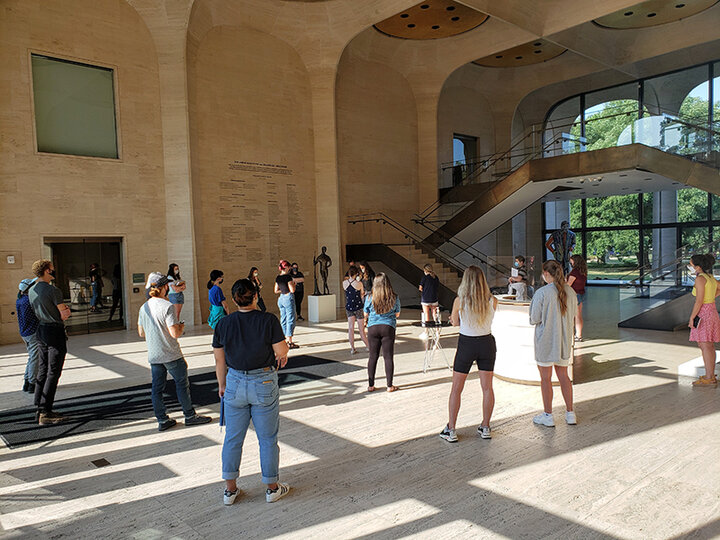
Fall 2020: Voicing Ideas in the Age of COVID-19Art & Design Since 1945
How might the angles and nuances of art historical argument adapt to an aural medium? In speaking our research, how can we assemble, deconstruct, or undo established histories of museum objects? Katie Anania, assistant professor of art history at the University of Nebraska, invited students in AHIS 446/846 “Art & Design Since 1945” to explore these questions during the 2020 fall semester through the creation of podcasts. For these podcasts, students were asked to develop a question about a work of art or design, propose a hypothesis, and answer that question.
The final assignment for the course was to create a podcast exploring an original argument stemming from one or more works in Sheldon’s collection. Research for these podcasts took an exploratory cast, as students used texts, archives, and databases that could be accessed remotely due to COVID-19 restrictions. Students were invited to record using any conversational style they liked, provided that the argument presented was sound, well-researched, and had scholarly merit. All podcasts focus on at least one work of art or design and discuss a total of three to five artworks. The students used software such as Audacity, Garage Band, or Voice Notes and organized their own music and thematic content.
Angel LeShifting
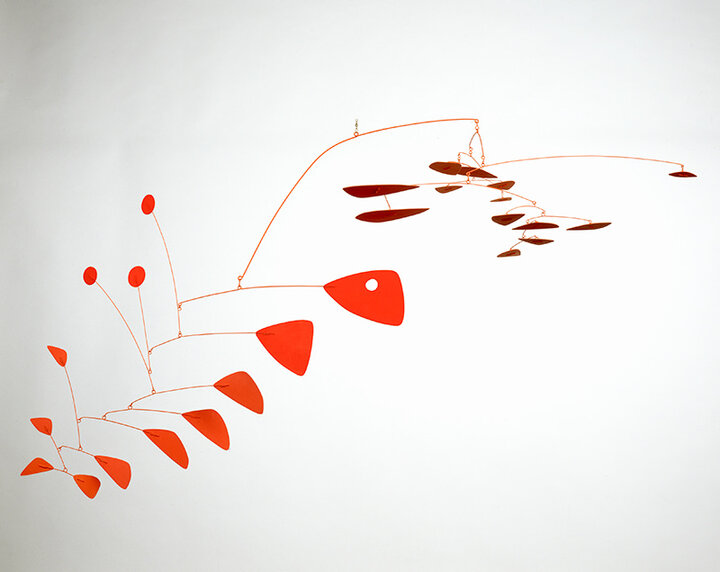
Alexander Calder, "Sumac II"
Sumac II 1952. Sheet metal, wire, and paint, 29 1/4 × 48 × 35 inches. Sheldon Museum of Art, Nebraska Art Association, gift of Mr. and Mrs. Frederick S. Seacrest, N-529.1979
Your browser does not support the audio element.
Breanna EppStuart Davis: Modernity in Cities
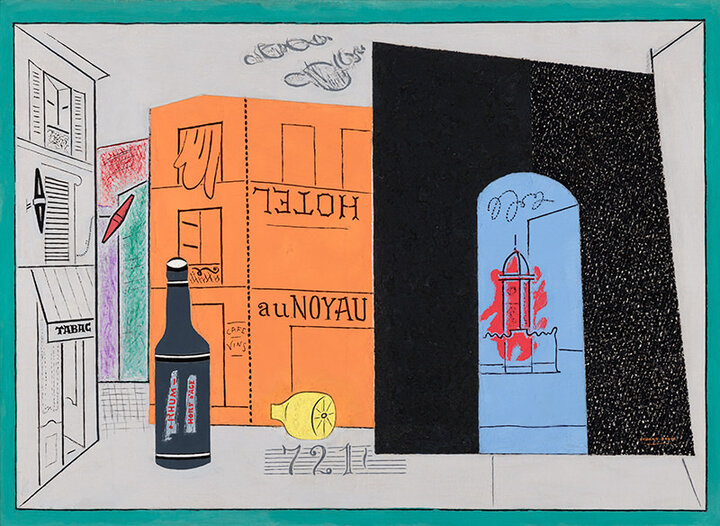
Stuart Davis, "Arch Hotel"
Stuart Davis (Philadelphia, PA 1892–New York, NY 1964). Arch Hotel 1929. Oil on canvas, 28 3/4 × 39 1/2 inches. Sheldon Museum of Art, University of Nebraska–Lincoln, Anna R. and Frank M. Hall Charitable Trust, H-268.1947.
Your browser does not support the audio element.
Hannah Ashburn and Jack YoungRepresentations of Blackness in Art: A Look at Norman Lewis and Kehinde Wiley
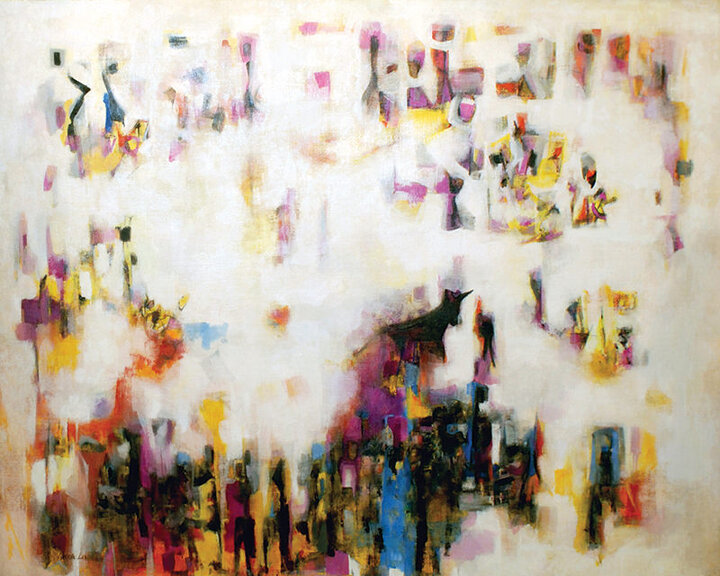
Norman Lewis, "Untitled"
Norman Lewis (New York, NY 1909–New York, NY 1979). Untitled circa 1958. Oil on canvas, 48 1/2 × 61 × 1 inches. Sheldon Museum of Art, University of Nebraska–Lincoln, Olga N. Sheldon Acquisition Trust and gift from Billy E. Hodges, U-5742.2012).
Your browser does not support the audio element.
Laura CobbJourney to and from the Desert during a Pandemic: Sun Tunnels
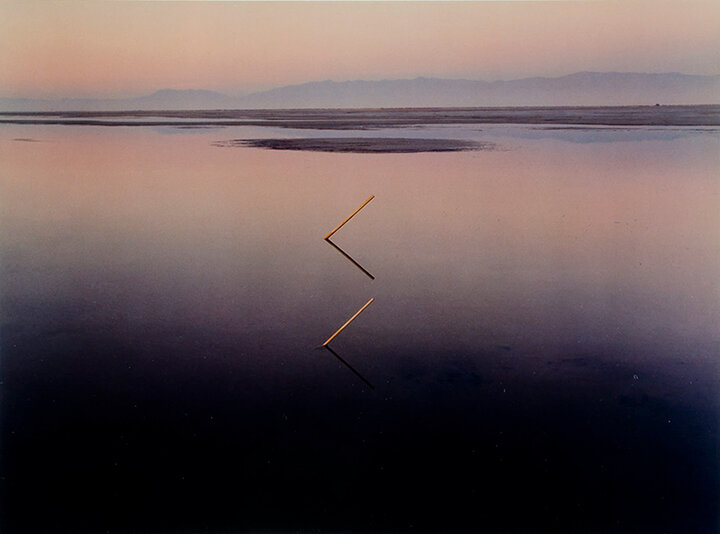
John Pfahl, "Great Salt Lake Angles, Great Salt Lake, Utah" from the "Altered Landscapes" portfolio
John Pfahl (New York, NY 1939–Buffalo, NY 2020). Great Salt Lake Angles, Great Salt Lake, Utah from the Altered Landscapes portfolio 1977. Dye transfer print, 7 1/2 × 10 1/8 inches. Sheldon Museum of Art, University of Nebraska–Lincoln, gift of Lawrence Marx, U-3478.34.1983.
Your browser does not support the audio element.
Jamie Ho and Penny MolessoFelix Gonzalez-Torres and Keith Haring on Queer Utopia
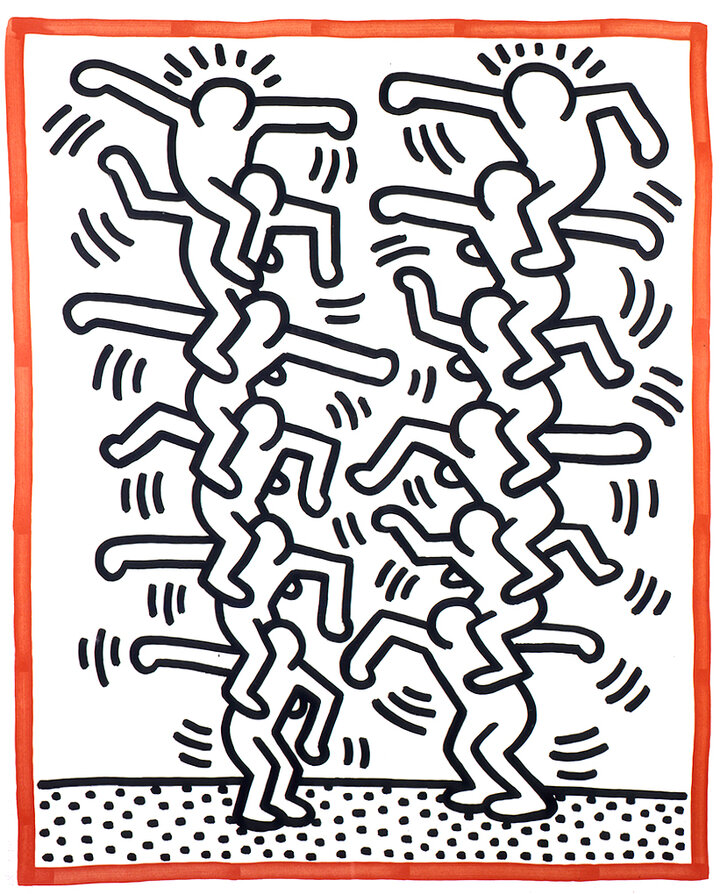
Keith Haring, "Untitled"
Keith Haring (Kutztown, PA 1958–New York, NY 1990). Untitled 1985. Color lithograph, 37 1/2 × 30 inches. Sheldon Museum of Art, University of Nebraska–Lincoln, Anna R. and Frank M. Hall Charitable Trust, H-2752.1985.
Your browser does not support the audio element.
Roxanna PiersolSalt of the Earth
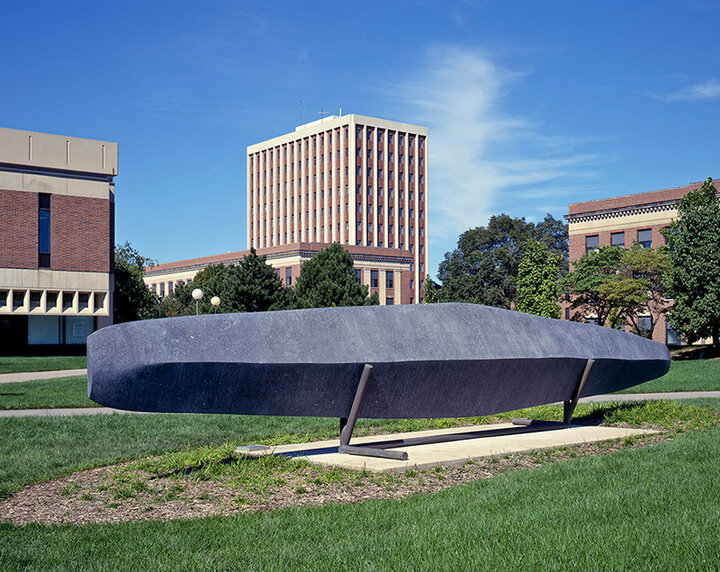
Michael Heizer, "Prismatic Flake Geometric"
Michael Heizer (born Berkeley, CA 1944). Prismatic Flake Geometric 1991. Modified concrete, steel, and granite, 67 × 420 1/2 × 18 inches. Sheldon Museum of Art, University of Nebraska–Lincoln, Olga N. Sheldon Acquisition Trust, U-4310.1991.
Your browser does not support the audio element.
--------
Roxanna PiersolSalt of the Earth
Michael Heizer, "Prismatic Flake Geometric"
Michael Heizer (born Berkeley, CA 1944). Prismatic Flake Geometric 1991. Modified concrete, steel, and granite, 67 × 420 1/2 × 18 inches. Sheldon Museum of Art, University of Nebraska–Lincoln, Olga N. Sheldon Acquisition Trust, U-4310.1991.
Your browser does not support the audio element.
Marina Cervera TeruelL’Avantg’art: The Crossroad Between the Material and the Spirit: The Modes of Representation of Primitivist Art
Renée Cox, "Yo Mama's Last Supper"
Renée Cox (born Colgate, Jamaica 1960). Yo Mama’s Last Supper 1996. Five-color coupler prints flush-mounted to aluminum. On loan from Karen and Robert Duncan.
Your browser does not support the audio element.
-->